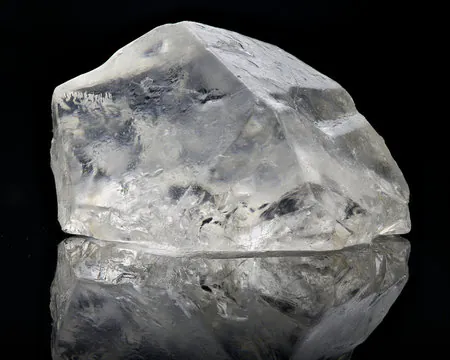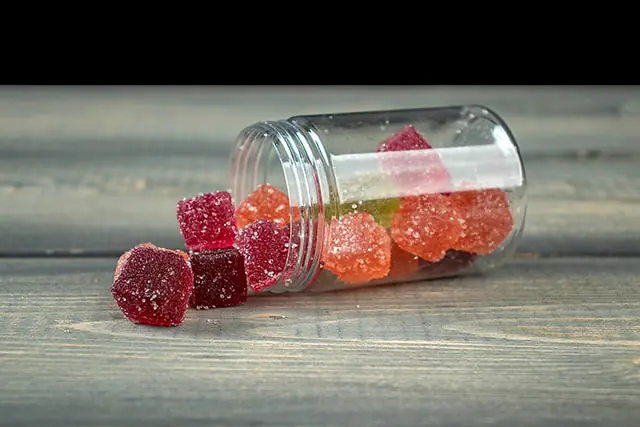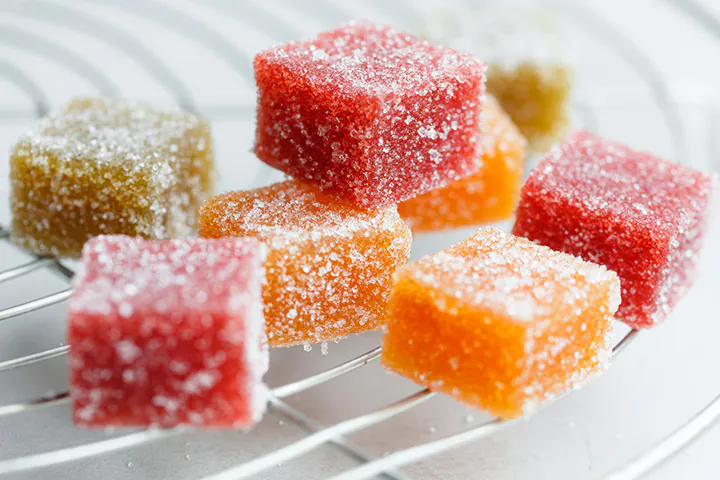Hemp harvesting is an important step in CBD manufacturing. Molds and mildews reduce the quality of hemp flower biomass; thus, harvesting at the right time is critical.
Growers should keep an eye out for visual cues on the hemp bud. It may be ready to harvest when the trichomes on the hemp bud change from white to milky white.
To learn more about hemp biomatter collection and storage, keep reading!
What Is Hemp Biomatter?
Let’s start with a breakdown of raw hemp material nomenclature.
The term “hemp biomatter” relates to plant stuff such as flowers, leaves, and stalks. After harvesting your abundant blossoms, you are left with valuable organic material that contains just trace levels of CBD. On the surface, this undesired plant stuff seems to be garbage.
However, if properly handled and dried, hemp biomass offers a variety of industrial applications. Hemp producers may use biomass to produce concentrates, leaves, and biofuel.
Furthermore, leftover hemp from your harvest might be a great beginning point for the creation of fiber, cord, and textiles. In this situation, a retting procedure is used to break down the fibrous threads of the plant’s stalk to simplify the subsequent processing.
From the seeds to the stalks, every part of the hemp plant has a purpose.
If you want to get the most out of your hemp crop, harvesting is an important stage that should not be missed. Here’s a step-by-step method for collecting hemp biomass.
How Is Hemp Collected?
Expect your hemp crop to be completely grown in 100 to 120 days from when you sow it.
Many crops can be harvested in as short as 90 days. Furthermore, auto-flowering hemp types may be gathered in 75 days or less, allowing growers to harvest numerous times throughout the year. Farmers harvest hemp in late summer and early fall in the United States, Canada, and other North American countries.
As the days become shorter, your hemp plants will begin to blossom until they reach optimum maturity and are ready to harvest.
Trimming in the early fall lets you escape seasonal delays like storms on the East Coast and wildfires on the West Coast. As a result, understanding when to harvest your hemp affects the value of your crop.
The equipment and staff you have will influence the process.
They will impact how quickly and well you harvest your hemp during the harvesting season. Small-batch operators may get by with just a few assistants and manually chopping down each hemp plant.
Commercial and large-scale industrial hemp farms will need to spend heavily on equipment and people to accelerate the harvesting step. You’ll want a larger workforce to tackle the burden with the additional equipment and acres to manage.
Additionally, confirm the weather forecast ahead of time.
Ensure that you will not get rained on or suffer high winds. Working in a dry atmosphere helps the hemp to thoroughly dry before processing. Heavy rain can harm hemp, extract terpenes, and lengthen the drying and curing process.
How Is Hemp Stored?
There are several techniques for storing hemp biomass.
All of the storage techniques are dependent on harvesting methods and ultimate goals. Manual harvesting techniques allow dried hemp to be kept in various containers, including plastic waste bags, plastic bins, and cotton/hemp sacks.
The items are then stored in a covered low moisture barn or other low moisture storage facility.
Keeping Optimum Temperature
Before you store your hemp, it must first be carefully trimmed (wet or dry trim) and cured. Your hemp is ready for storing after this procedure. It is important to note that cured hemp should be entirely dry to the touch — the lower the moisture level, the longer the shelf life of the hemp. The temperature demands for various forms of hemp biomass differ.
For example, hemp flowers require a cool environment. However, you should generally be comfortable keeping your biomass at temperatures ranging from 77°F to 86°F.
Reducing Exposure to Light
The oxidation of energetic compounds into less reactive forms can occur when biomass is exposed to light. THC, for example, can be oxidized to produce CBN, which is less psychoactive.
Exposing hemp biomass, such as hemp flowers, to UV radiation may result in the loss of terpenes, trichomes, and cannabinoids, which significantly impact flower value. When exposed to UV radiation, hemp biomass rots.
For better outcomes, keep your hemp biomass in spaces with little to no light, such as cabinets, cupboards, and refrigerators.
Final Verdicts
As interest in CBD oil and hemp-based products rises, farmers encounter the difficulty of employing correct storage practices to gain the most value out of their produced hemp biomass. But, you can secure your investment and increase its longevity by paying attention to the aspects of heat, sunlight, and humidity.
You can also browse the State Of Mind Labs store to learn more about our cannabis products. A third-party laboratory verifies all of our products’ CBD content and purity. Shop our products at wholesale prices and receive your products at your doorstep.




